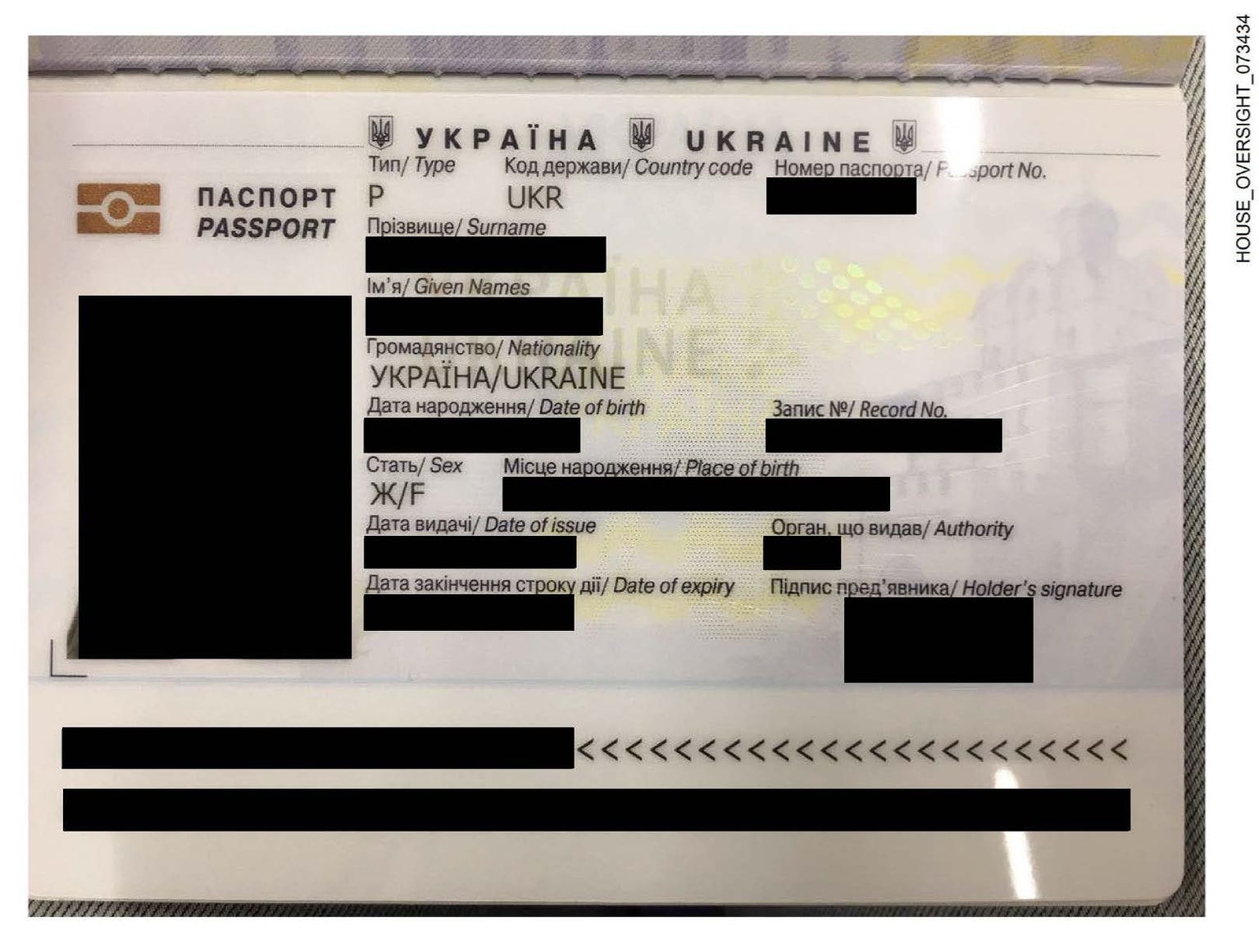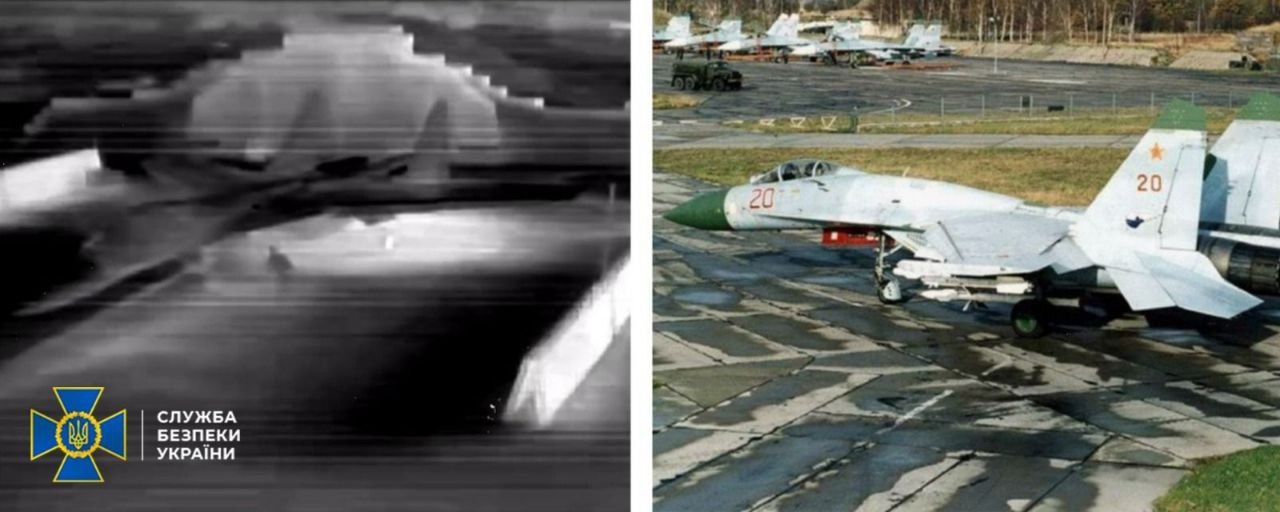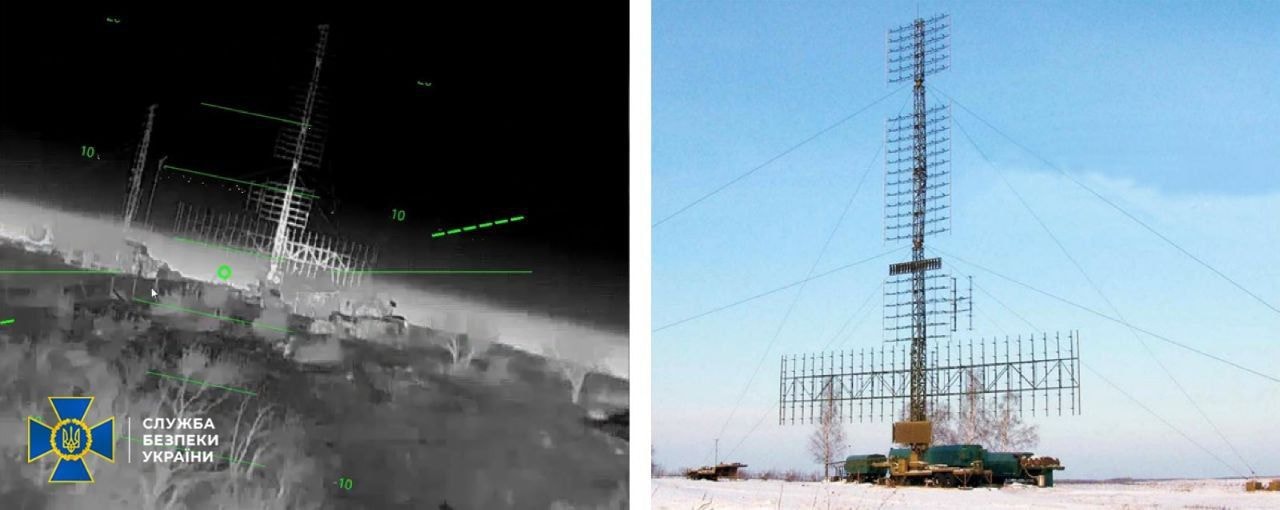
Europe split on 'drone wall' project, plan to battle Russia’s attacks remains elusive
German Chancellor Friedrich Merz waits alongside French President Emmanuel Macron, Danish Prime Minister Mette Frederiksen, and Polish Prime Minister Donald Tusk for Ukrainian President Volodymyr Zelensky before a meeting of the Ukraine Contact Group at the European Political Community Summit in Copenhagen, Denmark, on Oct. 2, 2025. (Michael Kappeler / Picture Alliance via Getty Images)
The European Commission's plan of creating a "drone wall" on the union's eastern border has met a tough reality in Copenhagen — opposition from EU member states without a border with Russia.
"Leaders broadly supported initial flagship projects that will strengthen Europe's security, including the European Drone Wall and the Eastern Flank Watch," European Council President António Costa said at a press conference after the informal EU Council meeting in Denmark.
Yet, member states were not convinced.
Southern European countries, among them Italy and Spain, argue the investment into such defense plans should benefit all member states and not just the EU's Eastern flank.
French President Emmanuel Macron was not sold on the idea as well.
"I'm wary of (such) terms. Things are a little more sophisticated and complex," Macron told reporters on Oct. 1. "In reality, we need to have advanced warning systems to better anticipate threats, we need to deter with European long-range fire capabilities, and we need to have more surface-to-air defense and counter-drone systems," he said.
The next round of talks on the issue is set to come on Oct. 15 in Brussels, during a NATO defense ministers meeting, followed by an EU one as well.
While the Commission prepares a second pitch, here's what we know so far about the "drone wall" and why it's so divisive.
So what is this 'drone wall'?
The idea of building anti-drone systems in Europe isn't new. It was already part of the EU's broader defense plans for 2025. But recent Russia's drone incursions into European countries have made the issue urgent, revealing serious gaps in existing defenses.
At its core, the "drone wall" would link together a network of systems, including radars and acoustic sensors, across EU countries to create a coordinated shield so countries can respond together, rather than alone, to growing aerial threats.
"It's time to create a European ecosystem that will enable us to develop cutting-edge drone solutions, inspired by what Ukraine is already doing," said Danish Prime Minister Mette Frederiksen, who hosted the Copenhagen meeting.
Finland's Defense Minister Antti Häkkänen told the Kyiv Independent that Europe's strategy should be a "comprehensive approach" on three levels between the EU, NATO, and the national level.
"Each country has to have three pillars: good detection systems where you need active and passive radar sensors, a lot of capabilities on the ground and airborne, satellites, and all that stuff — detection and surveillance is a key," he said.

"The second pillar is countermeasures," Häkkänen added. "So countermeasures would involve electromagnetic, electronic, and kinetic warfare — there's a lot of equipment and tools to have some kind of impact on drones. NATO will support this."
European Commissioner for Defense Andrius Kubilius said on Sept. 26 that the project will be built around two main objectives — detection and intervention. He underlined that detection would be the quickest part to implement, but also stressed that Europe must develop effective ways to destroy drones once they are identified.
Power struggle
European Commission President Ursula von der Leyen first introduced the idea in her State of the Union speech last month as part of a broader plan called the Eastern Flank Watch.
On Sept. 29, the European Commission put forward a formal proposal, outlining four major defense projects, including the "drone wall," aimed at countering growing security threats, particularly from Russia.
European powerhouses, such as France and Germany, have expressed scepticism about the idea of a drone wall led by the European Commission.
German Chancellor Friedrich Merz was skeptical about the definition of a "wall," saying he needed more details about the overall setup.
For now, it is known that the initiative could be partly financed through the still-negotiated €1.5 billion European Defense Industrial Programme. The defense roadmap, however, hasn't been finalized.
EU leaders will hold a formal summit later this month to review the roadmap and make key decisions based on it.
Ukraine's role
Ukraine has raised the issue of a joint air defense system since the start of the full-scale war. After recent NATO airspace violations, the EU has acknowledged this need.
"Ukraine serves as the first line of defense for NATO member states in Europe," NATO Secretary General Mark Rutte said, speaking after von der Leyen announced the EU's allocation of 2 billion euros ($2.3 billion) for drones for Ukraine.
"The reason we are helping the Ukrainians is because this is about our values, but also about, indeed, the first line of defense — our collective safety," Rutte said.
Kyiv's expertise is seen as essential for building detection and interception systems, and Ukraine has already begun sharing it directly with its partners.
"Our group of specialists has begun deploying a mission in Denmark to share Ukraine's experience in countering drones," President Volodymyr Zelensky wrote on Sept. 26. "Our guys arrived to take part in joint exercises with partners, which could become the foundation for a new system to counter Russian and any other drones."
He added that Ukraine's experience is "the most relevant in Europe today" and that Ukrainian expertise, specialists, and technologies "can become a key element of future Europe's Drone Wall."
Lawmaker Oleksandr Merezhko, head of the foreign affairs committee, argued that despite the lack of concrete agreement in Copenhagen, the summit's significance lies in the discussion.
"The leaders met, they are united in recognizing that there is a threat, that this threat comes from Russia, and that something needs to be done about it," he told the Kyiv Independent.











